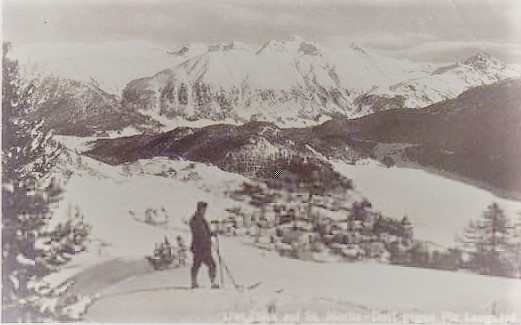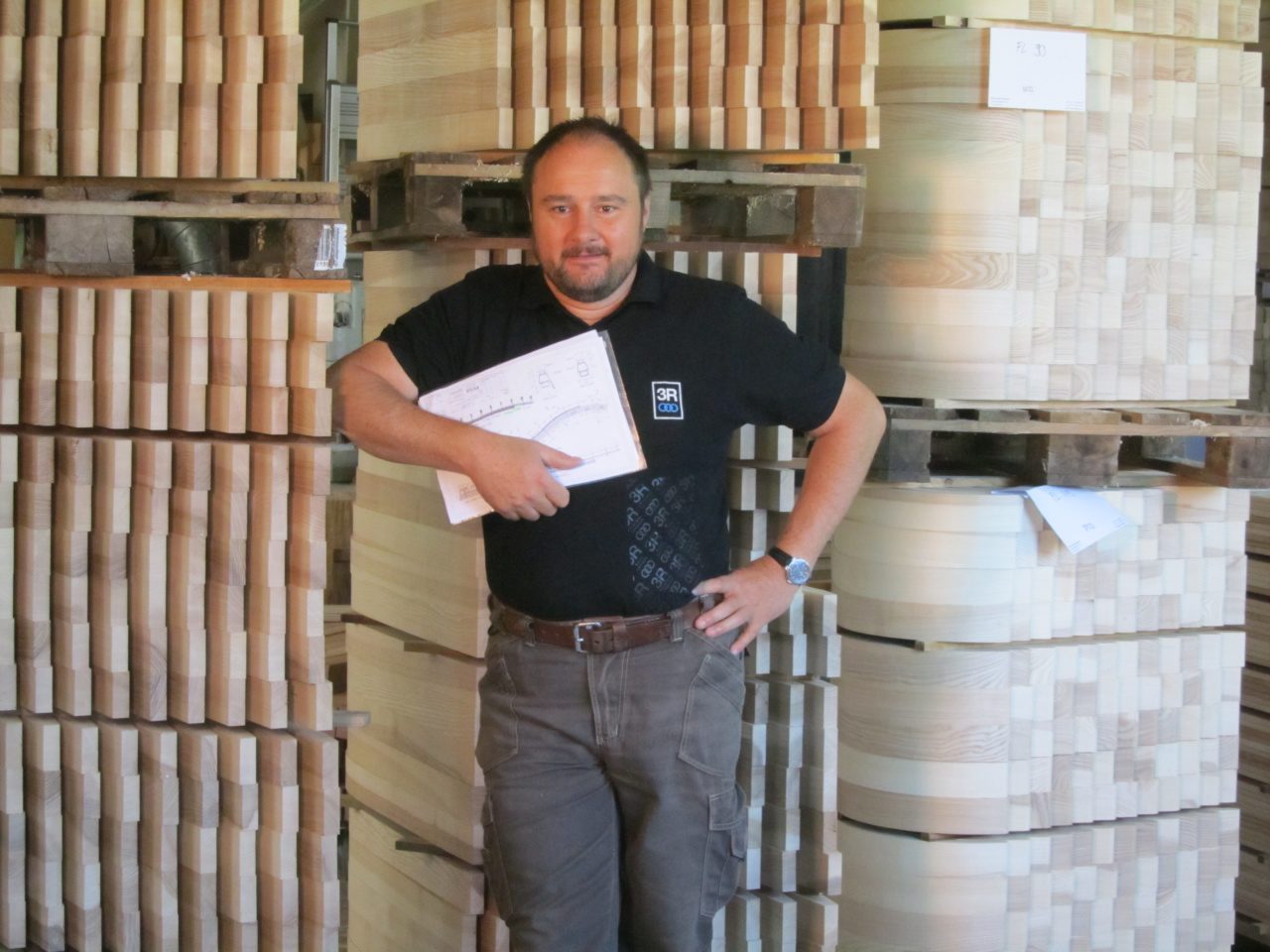1880

In the second half of the 19th century, the first tourists, mainly from England and Germany, began to visit the popular Swiss tourist resorts in summer and winter. At that time, for example, Wagner Emanuel Heinz built the first sledges for tourists in his Wagner workshop on the Guggerbach in Davos. He is probably one of the first manufacturers of Davos sledges in today’s sense.





















